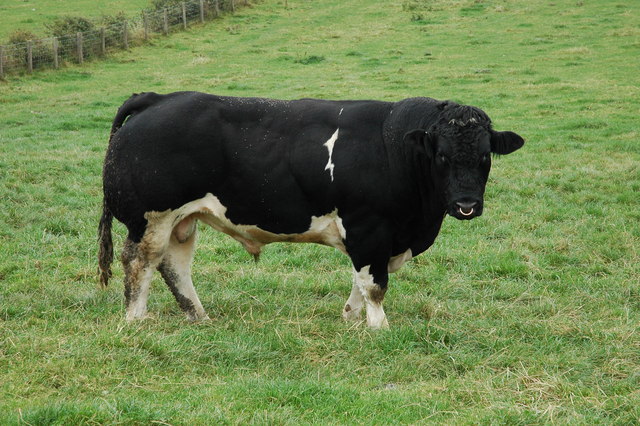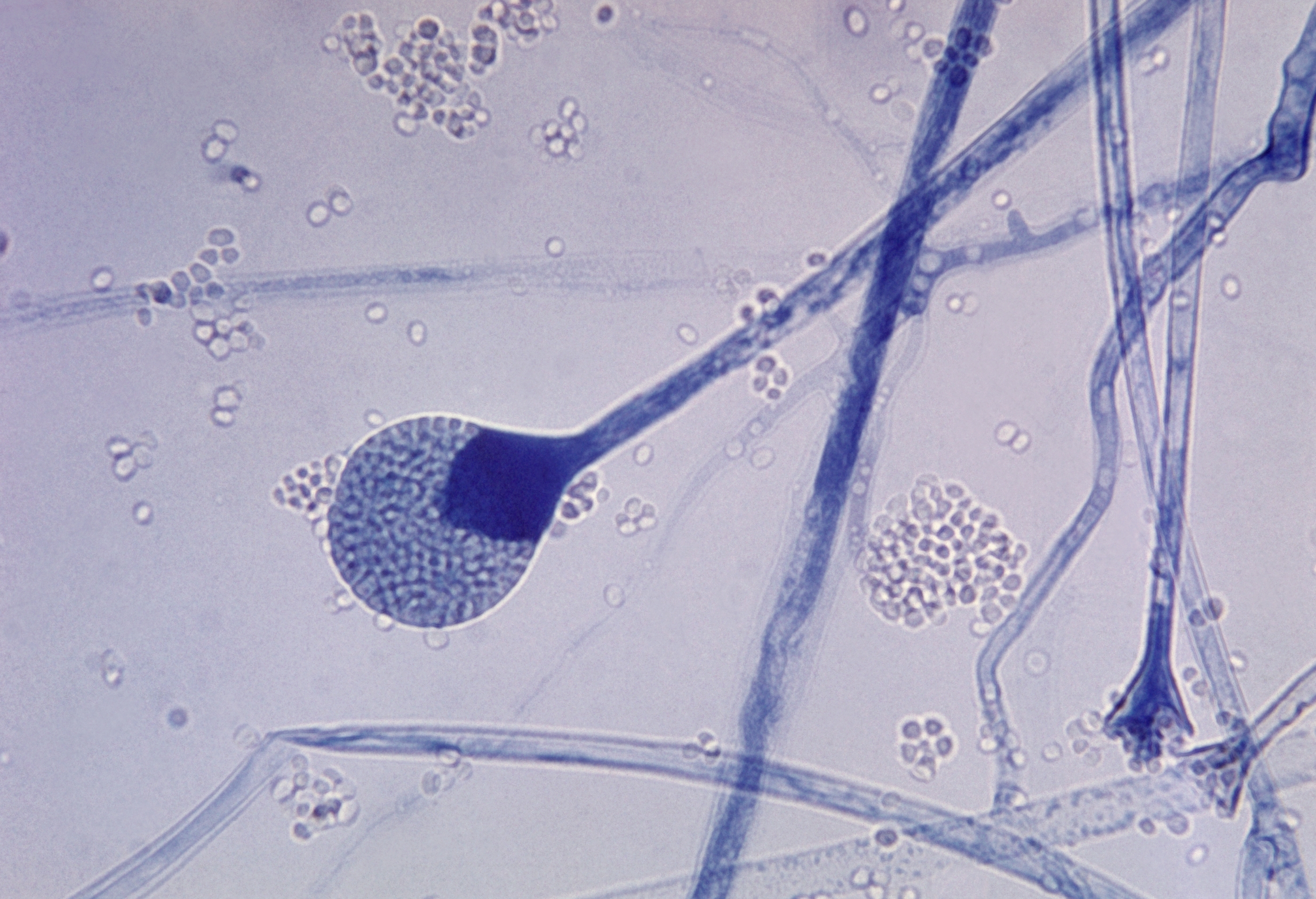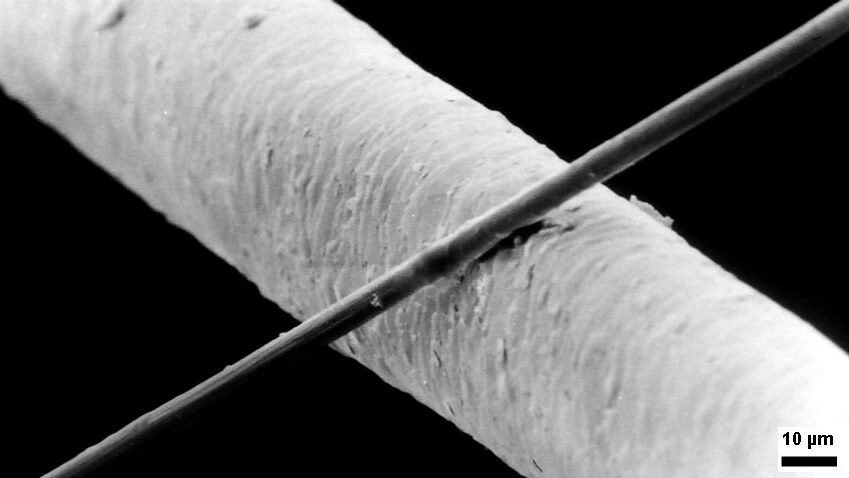|
Stemonitis Axifera
''Stemonitis axifera'' is a species of slime mold. It fruits in clusters on dead wood, and has distinctive tall reddish-brown sporangia, supported on slender stalks. Taxonomy The species was first described as ''Trichia axifera'' by Jean Baptiste François Pierre Bulliard in 1791. Thomas Huston MacBride transferred it to the genus ''Stemonitis'' in 1889. ''Stemonitis fasciculata'' and ''Stemonitis smithii'' are synonyms. Description The erect, stalked cylindrical sporangia are arranged into bundles or clusters that are tall. Each sporangium is supported by a thin, shining, black stalk that is long. The bright rusty brown color of mature sporangia lightens to a pale brown after the spores have been dispersed. Spores measure 5 by 7 μm and have a smooth to minutely punctate surface texture. Development ''Stemonitis axifera'' requires about 20 hours to finish making its fruit bodies. Of this, eight hours are needed for induction of the sporangia and the development of the st ... [...More Info...] [...Related Items...] OR: [Wikipedia] [Google] [Baidu] |
Bull
A bull is an intact (i.e., not castrated) adult male of the species '' Bos taurus'' (cattle). More muscular and aggressive than the females of the same species (i.e., cows), bulls have long been an important symbol in many religions, including for sacrifices. These animals play a significant role in beef ranching, dairy farming, and a variety of sporting and cultural activities, including bullfighting and bull riding. Due to their temperament, handling requires precautions. Nomenclature The female counterpart to a bull is a cow, while a male of the species that has been castrated is a ''steer'', '' ox'', or ''bullock'', although in North America, this last term refers to a young bull. Use of these terms varies considerably with area and dialect. Colloquially, people unfamiliar with cattle may refer to both castrated and intact animals as "bulls". A wild, young, unmarked bull is known as a ''micky'' in Australia.Sheena Coupe (ed.), ''Frontier Country, Vol. 1'' ... [...More Info...] [...Related Items...] OR: [Wikipedia] [Google] [Baidu] |
Punctate
Punctum, plural puncta, adjective punctate, is an anatomical term for a sharp point or tip. It may also refer to: Medical *Lacrimal punctum, a minute opening on the margins of the eyelids that collect tears produced by the lacrimal glands *Blind spot (vision), or ''punctum cecum'', the blind spot in human vision corresponding to the location of the optic disk *Erb's point (neurology) or ''punctum nervosum'', a nerve point in the human neck *Imperforate lacrimal punctum, a congenital disorder of dogs Unrelated species named punctum *''Allium punctum'', a species of wild onion *''Amyna punctum'', a moth of the family Noctuidae *''Cinguloterebra punctum'', a sea snail of the family Terebridae *''Phylloxiphia punctum'', a moth of the family Sphingidae *''Sepsis punctum'', a fly of the family Sepsidae *'' Zygaena punctum'', a moth of the family Zygaenidae Other * ''Punctum'' (gastropod), a genus of land snails *Punctum delens, typographic marks used to indicate deletion *Neume, ... [...More Info...] [...Related Items...] OR: [Wikipedia] [Google] [Baidu] |
Myxogastria
Myxogastria/Myxogastrea (myxogastrids, ICZN) or Myxomycetes ( ICN), is a class of slime molds that contains 5 orders, 14 families, 62 genera, and 888 species. They are colloquially known as the ''plasmodial'' or ''acellular'' slime moulds. All species pass through several, very different morphologic phases, such as microscopic individual cells, slimy amorphous organisms visible with the naked eye and conspicuously shaped fruit bodies. Although they are monocellular, they can reach immense widths and weights: in extreme cases they can be up to across and weigh up to . The class Myxogastria is distributed worldwide, but it is more common in temperate regions where it has a higher biodiversity than in polar regions, the subtropics or tropics. They are mainly found in open forests, but also in extreme regions such as deserts, under snow blankets or underwater. They also occur on the bark of trees, sometimes high in the canopy. These are known as corticolous m ... [...More Info...] [...Related Items...] OR: [Wikipedia] [Google] [Baidu] |
MycoBank
MycoBank is an online database, documenting new mycological names and combinations, eventually combined with descriptions and illustrations. It is run by the Westerdijk Fungal Biodiversity Institute in Utrecht. Each novelty, after being screened by nomenclatural experts and found in accordance with the ICN (International Code of Nomenclature for algae, fungi, and plants), is allocated a unique MycoBank number before the new name has been validly published. This number then can be cited by the naming author in the publication where the new name is being introduced. Only then, this unique number becomes public in the database. By doing so, this system can help solve the problem of knowing which names have been validly published and in which year. MycoBank is linked to other important mycological databases such as ''Index Fungorum ''Index Fungorum'' is an international project to index all formal names (scientific names) in the fungus kingdom. the project is based at the Roy ... [...More Info...] [...Related Items...] OR: [Wikipedia] [Google] [Baidu] |
Philomycus Flexuolaris
''Philomycus'' is a genus of air-breathing land slugs in the family Philomycidae, the mantleslugs.Capinera, J. L., et alTerrestrial Slugs of Florida (Gastropoda: Stylommatophora).EENY-493 (IN891). Entomology and Nematology. Florida Cooperative Extension Service. University of Florida IFAS. Published 2011, revised 2013. Biology These slugs create and use love darts as part of their mating behavior.Tompa, A. S. (1980). The ultrastructure and mineralogy of the dart from ''Philomycus carolinianus'' (Pulmonata: Gastropoda) with a brief survey of the occurrence of darts in land snails. ''Veliger'' 23, 35-42. Species Species within the genus ''Philomycus'' include: * '' Philomycus batchi'' - dusky mantleslug * '' Philomycus bilineatus'' * '' Philomycus bisdosus'' - grayfoot mantleslug * '' Philomycus cardmensis'' * ''Philomycus carolinianus'' - Carolina mantleslug * '' Philomycus dorsalis'' * '' Philomycus flexuolaris'' - winding mantleslug * ''Philomycus pennsylvanicus' ... [...More Info...] [...Related Items...] OR: [Wikipedia] [Google] [Baidu] |
Philomycus Carolinianus
''Philomycus carolinianus'', common name the Carolina mantleslug, is a species of land slug, a terrestrial gastropod mollusk in the family Philomycidae. Anatomy These slugs create and use love darts as part of their mating behavior. The dart of ''Philomycus carolinianus'' is thick and curved. References External links ''Philomycus carolinianus''on the UF / IFAS IFAS may refer: * Institute of Food and Agricultural Sciences * Integrated Fixed-Film Activated Sludge, a sewage treatment process * International French adjectival system In rock climbing, mountaineering, and other climbing disciplines, clim ... Featured Creatures Web site {{Taxonbar, from=Q3073965 Philomycidae Fauna of the Eastern United States Fauna of the Great Lakes region (North America) Fauna of the Southeastern United States Gastropods described in 1802 ... [...More Info...] [...Related Items...] OR: [Wikipedia] [Google] [Baidu] |
Philomycus
''Philomycus'' is a genus of air-breathing land slugs in the family Philomycidae, the mantleslugs.Capinera, J. L., et alTerrestrial Slugs of Florida (Gastropoda: Stylommatophora).EENY-493 (IN891). Entomology and Nematology. Florida Cooperative Extension Service. University of Florida IFAS. Published 2011, revised 2013. Biology These slugs create and use love darts as part of their mating behavior.Tompa, A. S. (1980). The ultrastructure and mineralogy of the dart from ''Philomycus carolinianus'' (Pulmonata: Gastropoda) with a brief survey of the occurrence of darts in land snails. ''Veliger'' 23, 35-42. Species Species within the genus ''Philomycus'' include: * '' Philomycus batchi'' - dusky mantleslug * '' Philomycus bilineatus'' * '' Philomycus bisdosus'' - grayfoot mantleslug * '' Philomycus cardmensis'' * ''Philomycus carolinianus ''Philomycus carolinianus'', common name the Carolina mantleslug, is a species of land slug, a terrestrial gastropod mollusk in the ... [...More Info...] [...Related Items...] OR: [Wikipedia] [Google] [Baidu] |
Biological Pigment
Biological pigments, also known simply as pigments or biochromes, are substances produced by living organisms that have a color resulting from selective Absorption (electromagnetic radiation), color absorption. Biological pigments include plant pigments and flower pigments. Many biological structures, such as skin, eyes, feathers, fur and hair contain pigments such as melanin in specialized cells called chromatophores. In some species, pigments accrue over very long periods during an individual's lifespan. Pigment color differs from structural color in that it is the same for all viewing angles, whereas structural color is the result of selective Reflection (physics), reflection or iridescence, usually because of multilayer structures. For example, butterfly wings typically contain structural color, although many butterflies have cells that contain pigment as well. Biological pigments See conjugated systems for electron bond chemistry that causes these molecules to have pigm ... [...More Info...] [...Related Items...] OR: [Wikipedia] [Google] [Baidu] |
Sporocarp (fungi)
The sporocarp (also known as fruiting body, fruit body or fruitbody) of fungi is a multicellular structure on which spore-producing structures, such as basidia or asci, are borne. The fruitbody is part of the sexual phase of a fungal life cycle, while the rest of the life cycle is characterized by vegetative mycelial growth and asexual spore production. The sporocarp of a basidiomycete is known as a ''basidiocarp'' or ''basidiome'', while the fruitbody of an ascomycete is known as an '' ascocarp''. Many shapes and morphologies are found in both basidiocarps and ascocarps; these features play an important role in the identification and taxonomy of fungi. Fruitbodies are termed ''epigeous'' if they grow on the ground, while those that grow underground are '' hypogeous''. Epigeous sporocarps that are visible to the naked eye, especially fruitbodies of a more or less agaricoid morphology, are often called mushrooms. Epigeous sporocarps have mycelia that extend undergroun ... [...More Info...] [...Related Items...] OR: [Wikipedia] [Google] [Baidu] |
Sporangium
A sporangium (; from Late Latin, ) is an enclosure in which spores are formed. It can be composed of a single cell or can be multicellular. Virtually all plants, fungi, and many other lineages form sporangia at some point in their life cycle. Sporangia can produce spores by mitosis, but in nearly all land plants and many fungi, sporangia are the site of meiosis and produce genetically distinct haploid spores. Fungi In some phyla of fungi, the sporangium plays a role in asexual reproduction, and may play an indirect role in sexual reproduction. The sporangium forms on the sporangiophore and contains haploid nuclei and cytoplasm. Spores are formed in the sporangiophore by encasing each haploid nucleus and cytoplasm in a tough outer membrane. During asexual reproduction, these spores are dispersed via wind and germinate into haploid hyphae. Although sexual reproduction in fungi varies between phyla, for some fungi the sporangium plays an indirect role in sexual re ... [...More Info...] [...Related Items...] OR: [Wikipedia] [Google] [Baidu] |
Micrometre
The micrometre ( international spelling as used by the International Bureau of Weights and Measures; SI symbol: μm) or micrometer ( American spelling), also commonly known as a micron, is a unit of length in the International System of Units (SI) equalling (SI standard prefix " micro-" = ); that is, one millionth of a metre (or one thousandth of a millimetre, , or about ). The nearest smaller common SI unit is the nanometre, equivalent to one thousandth of a micrometre, one millionth of a millimetre or one billionth of a metre (). The micrometre is a common unit of measurement for wavelengths of infrared radiation as well as sizes of biological cells and bacteria, and for grading wool by the diameter of the fibres. The width of a single human hair ranges from approximately 20 to . The longest human chromosome, chromosome 1, is approximately in length. Examples Between 1 μm and 10 μm: * 1–10 μm – length of a typical bacterium * 3–8 μm � ... [...More Info...] [...Related Items...] OR: [Wikipedia] [Google] [Baidu] |
Schumach
Christian Schumach (born 17 September 1981 in Murau) is an Austrian dressage rider. He represented Austria at the 2014 World Equestrian Games in Normandy, France, where he finished 8th in team dressage and 64th in the individual dressage competition. He also represented Austria at the 2017 FEI European Dressage Championships. In 2021, he was selected by the Austrian Equestrian Federation (OEPS) to represent Austria at the Olympic Games in Tokyo Tokyo (; ja, 東京, , ), officially the Tokyo Metropolis ( ja, 東京都, label=none, ), is the capital and largest city of Japan. Formerly known as Edo, its metropolitan area () is the most populous in the world, with an estimated 37.468 ..., he finished 21st in individual dressage. References External links * Living people 1981 births Austrian male equestrians Austrian dressage riders Equestrians at the 2020 Summer Olympics Olympic equestrians of Austria People from Murau Sportspeople from Styria {{Austria- ... [...More Info...] [...Related Items...] OR: [Wikipedia] [Google] [Baidu] |




